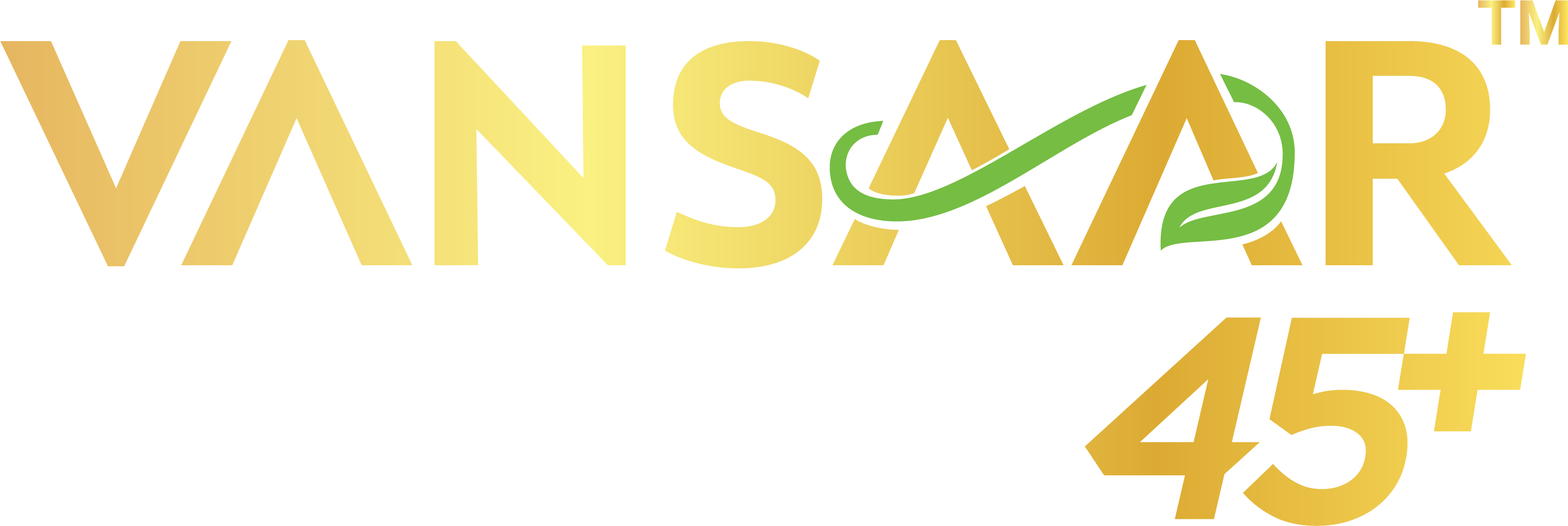
How aging muscles affect your daily activities of living?
Aging is the accumulation of changes in a person’s body over time in terms of psychological, physical, and social changes. Changes in facial contour, loss of fat underneath the cheeks and eyes, dehydrated skin, uneven skin tones such as age spots, dark circles, thin lips, and down-turned mouth, pale/ grey skin, presence of grey hair, wrinkles and fine lines are some of the evident signs of aging.
Causes of aging
Aging is inevitable. The main reasons for aging include:
- Cellular senescence (greater number of older cells)
- Lack of hydration
- Lack of collagen (which maintains intercellular adhesions)
- Exposure to UV-radiation
- Damage to the DNA
- Environmental influences
- Alteration in the metabolism
- Decreased cellular or organ functioning
Daily activities of life
Personal hygiene such as brushing, showering, combing, hairstyling, and dressing, bathroom hygiene (using the restroom, washing oneself, and standing up), functional mobility (ability to move from one place to another place), self-feeding (swallowing after chewing), cleaning and maintaining the house, taking care of financial status, moving socially within the community, preparing meals and cleaning-up, shopping for groceries and other necessities, taking prescribed medications, communicating through mobile, taking care of others (selecting and supervising caregivers), care of pets, child rearing, home establishment and maintenance, religious observances, safety procedures and emergency responses, shopping, etc. are the basic activities of daily living.
What is a muscle?
A muscle is a soft tissue made up of bundles of elongated cells that can contract and relax, which produces movement in an organ or body part. More than 600 muscles are there in the human body. Skeletal, smooth, and cardiac muscles are the three main types of muscles. Muscles play an important role in maintaining posture, allowing movement, controlling heartbeat, swallowing and breathing, helping in the digestion of food, and pushing a baby during delivery by contracting and relaxing uterine muscles.
Age-related changes in muscles
Age-related changes in muscles are due to the following consequences:
- Muscle fibres become smaller and fewer in number due to the loss of collagen.
- With age, muscle tissue is replaced with fibrous, stiff tissue that heals more slowly.
- Muscle tone and contraction capacity are decreased due to changes in the nervous system.
As we age, our muscles lose their strength and become smaller. This is because the tendons, which are cord-like structures that join muscles to bones, lose water as we become older. The muscles become stiffer and are unable to withstand stress. Although muscle aging happens naturally, a sedentary lifestyle can accelerate it. Reduced strength and exercise tolerance, weakness and fatigue, as well as a decreased capacity to carry out activities of daily living like turning a key or opening a jar, inability to carry out self-care activities like bathing, personal hygiene, inability to shop for essentials-food and medicine, pain and stiffness in the muscle, leading to low quality of life will become more challenging with the cumulative loss of muscle mass.
A reduction in muscle strength increases the possibility of losing balance, walking more slowly, as well as having frequent falls and injuries. This is due to a decrease in the muscle fibre size and density. Hence, muscles respond slowly when one is in their 50s than in their 20s. Older adults are more likely to have involuntary movements like fasciculations (rapid muscle movement) and muscular tremors. Weakness or strange feelings of pricking and tingling (paraesthesia) are commonly experienced by elderly people who are not active. Muscle contractures may develop in people who are unable to move independently or who do not flex their muscles through exercise.
Muscle disorders in older adults
The following are the common disorders of muscle in the elderly:
Sarcopenia: It refers to the loss of muscle mass and strength, and is the most common form of muscle disorders affecting the elderly. Muscle weakness can occur suddenly, and develops gradually over several weeks, months, or years. Pain in the muscles, loss of stamina, difficulty in performing daily activities, walking slowly, inability to climb stairs, poor balance and falls, and decrease in muscle size are the symptoms related to sarcopenia.
Myosteatosis (skeletal muscle fat infiltration): It is an ectopic deposition of the fat that develops with aging and affects muscle growth, strength, and mobility as well as interferes with the metabolism of the body (insulin resistance, diabetes).
Idiopathic inflammatory myopathies(myositis): It includes a group of diseases such as dermatomyositis, polymyositis, necrotizing myopathy, and inclusion body myositis (IBM), that are characterized by the inflammation of the skeletal muscles. Muscle diseases that occur due to inflammation, infections, poisons, or hereditary causes are much less frequent in the elderly.
Effect of muscle aging on the nervous system
The neuromuscular system, which unites the functioning and coordination of the brain, nerves, and skeletal muscles, is responsible for various body movements. All the muscles of the body and the nerves that supply blood to them, are part of the neuromuscular system. By sending signals from the brain to various bodily organs, the nervous system establishes the connection between ideas and understanding. The neuromuscular system controls how the body moves and other processes like breathing. A neurotransmitter (chemical substance) is released by the motor neurons and is then taken up by a muscle fibre, which instructs the muscle fibre to contract, causing contraction to take place.
As you become older, your brain experiences change in the functioning of neurotransmitters that could have a negative impact on your memory or cognitive abilities. Healthy, older persons may, for instance, forget familiar names or words. A decline in memory may cause missed medication doses or trouble performing multiple tasks. A person also experiences an inability to perform regular exercises with advancing age. Muscular pain and stiffness lead to a general low quality of life. Thus, it is recommended to consult your healthcare provider to know more information about how aging muscles can affect your daily activities of living.


